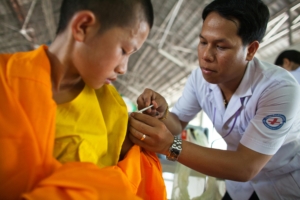 Reports assessing the relationship between extreme poverty and health care accessibility have and continue to prove a cyclical relationship in which each exacerbates the other. Though the availability of health care across the world increases, out-of-pocket costs often force families and individuals below the poverty line. Meanwhile, populations suffering from untreated illness are unable to participate effectively in the workforce.
Reports assessing the relationship between extreme poverty and health care accessibility have and continue to prove a cyclical relationship in which each exacerbates the other. Though the availability of health care across the world increases, out-of-pocket costs often force families and individuals below the poverty line. Meanwhile, populations suffering from untreated illness are unable to participate effectively in the workforce.
In short, being sick keeps people from financial earnings, while treatment costs account for most of their spending. Either path hampers the ability to participate in the local economy. In response, frugal health care initiatives have risen in popularity, combating the personal financial aspect of health care accessibility.
How Does Frugal Health Care Work?
Frugal health care works by using low-cost, low-tech solutions that are adapted to local needs. Many solutions arise by repurposing everyday tools or simplifying existing techniques. One early example is the stethoscope, originally made from a rolled piece of paper to preserve a patient’s modesty. Today, frugal innovations include using hardware drills instead of expensive medical ones and placing premature babies in plastic bags to prevent hypothermia.
These practical, outcome-based solutions stand apart from the prevailing model of Western, research-driven progress due to their deep contextualization. While vaccines serve as a universal preventive measure for those with access, innovations like the “Jaipur Foot” address specific local needs. Designed for barefoot amputees, the Jaipur Foot is affordable and effective thanks to partnerships with local artisans and readily available materials. Its success, however, is closely tied to local production capacity, making it a powerful but regionally limited solution.
The Frugal Biomedical Innovations Program
Western University has incorporated research into frugal health care innovation in Canada via its Frugal Biomedical Innovations Program (FBIP). A branch of the Engineering Health Equity (EHE) training program, the institute has partnership sites in Northern Canada, Ethiopia, Kenya, Nigeria, Rwanda, Senegal and Uganda. The FBIP is hands-on and follows a conceptualize-create-deploy model. This ensures that abstract ideas become a physical reality and are implemented in the low-resource communities where they are needed.
Partnering Universities also lead projects at home with the aid of the Frugal Biomedical Innovations Catalyst Grant program. One example is 3D-printed hands and feet developed by Bahir Dar Institute of Technology, Ethiopia. Another is a low-cost teledentistry system from the University of Nairobi, designed to improve oral health care in rural Kenya. Prototypes are tested in the field with financial support from organizations such as Western University’s Africa Institute and program grants from the Natural Sciences and Engineering Research Council of Canada.
A Good Enough Future
Hi-tech innovation in health care will and should continue to progress. However, the emerging focus on extending medical accessibility to areas lacking the financial and technological resources to implement it is ushering in a revolution of rural health care access.
The 2025 World Economic Forum identified the need for decentralized, equitable health care systems. Similarly, the 2024 report on Global Health Care Sector Outlook published by Deloitte University suggests multiagency collaboration and taking opportunities to digitalize care delivery.
Decentralization, equity and collaboration are pillars of frugal health care innovation. By prioritizing practical repurposing over novelty, an increasing number of communities will have access to the medical care necessary to facilitate economic growth.
– Emily Galán
Emily is based in Edmonton, Alberta, Canada and focuses on Global Health and Politics for The Borgen Project.
Photo: Pexels
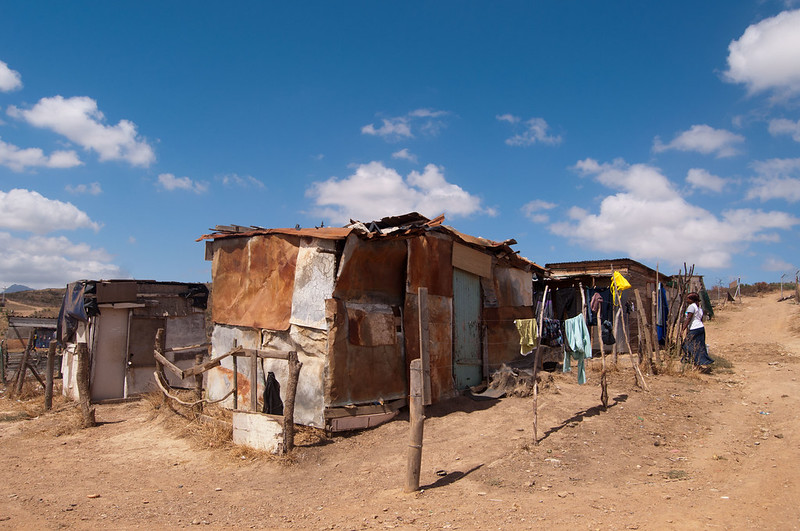 Across the globe,
Across the globe,
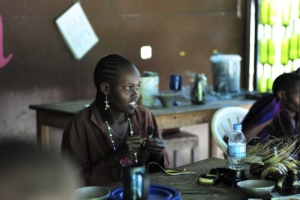
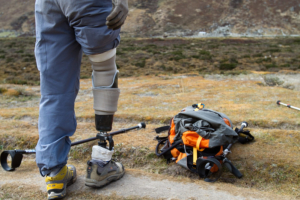
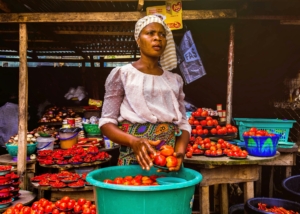

 For decades, the Maldives has been an oasis of
For decades, the Maldives has been an oasis of 

